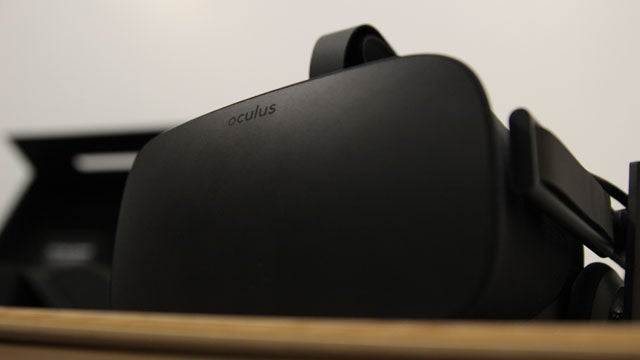Oculus states the uncomfortable truth about standalone VR

If you’re expecting Oculus VR’s standalone headset to provide Rift-quality virtual reality, while freeing you from the constraints of a high-powered PC, you’re in for disappointment.
That’s the view of the Oculus head of content Jason Rubin who, somewhat stating the obvious, pointed out there’s no conceivable way to bring all of that computing power into a headset that can be worn comfortably.
He said Rift-quality experiences in a standalone headset are more than two years away.
In an interview with Wearable he said: “The idea that someone can make a standalone that has anywhere near the power of Rift, that’s a long, long way away.
“Think of a GTX 970 card, think of those fans, think of the power that it draws, the kind of battery you would have to have – you’d need a car battery strapped to you. It’s going to be a long time before anything of the quality of Rift comes to standalone.
“Any fear that you’re going to somehow buy a Rift and six, eight months from now, or two years from now, someone is going to announce a standalone that you’re going to want to buy for the same quality of content, it’s just not happening anytime soon.”
Oculus is believed to be announcing a $200 standalone headset in October with an on sale date sometime in 2018. It will sit between the Rift and headsets like the Samsung Gear VR, which require a top smartphone to run.
Related: HTC Vive vs Oculus Rift
Meanwhile, Oculus assured current and would-be Rift owners the recent heavy price cuts shouldn’t be taken as a sign the second-generation high-end VR headset is imminent.
The firm recently cut the price of the Rift + Touch controllers bundle to just $399/£399 for the summer, with a permanent, less steep price cut planned thereafter.
“On PC we see this first generation Rift having long legs, long lifespan,” co-founder Nate Mitchell added, “and we’re investing in content for 2018, 2019, and that’s all going to be playable on Rift.”


